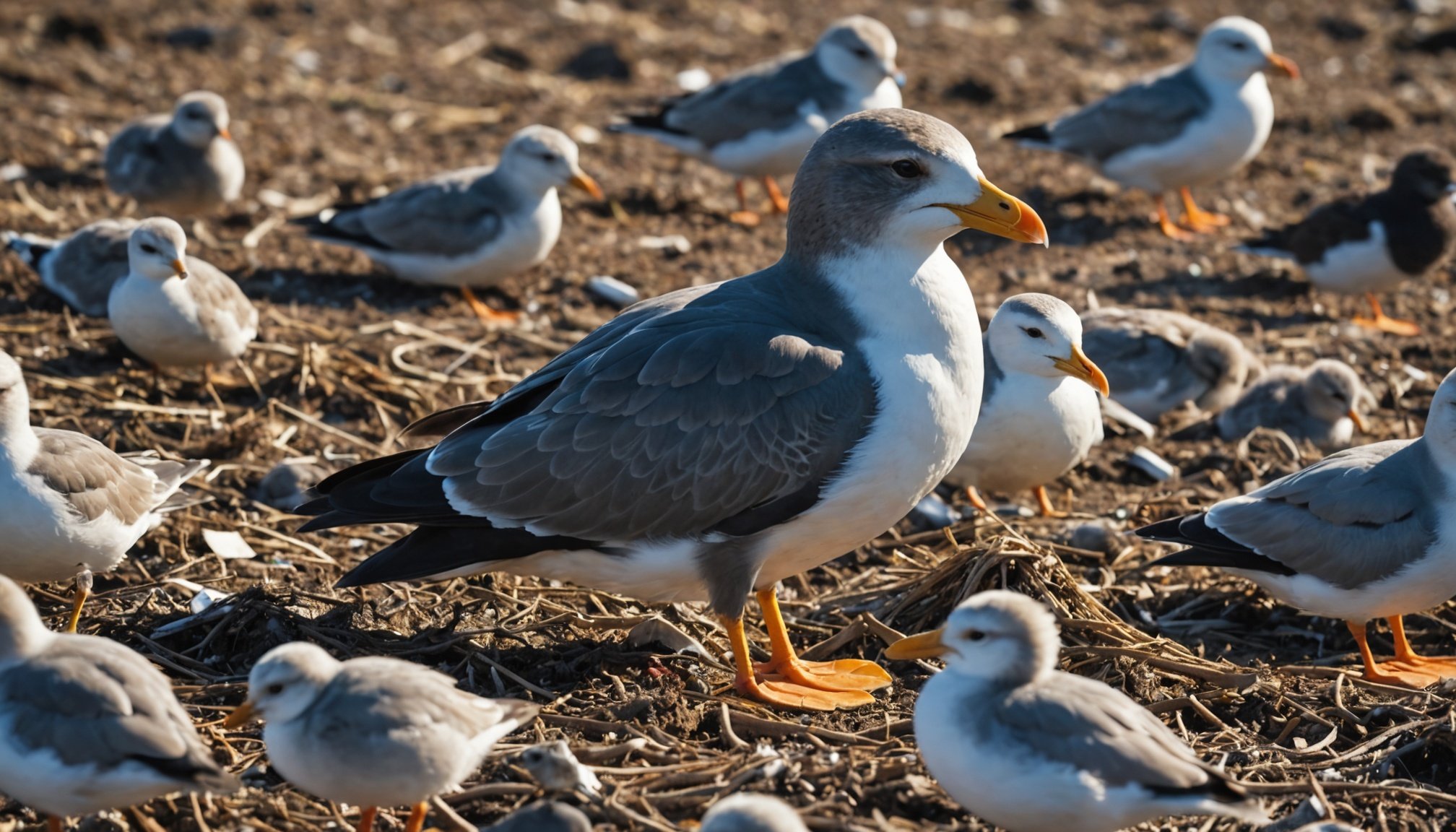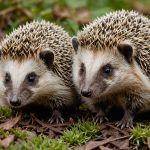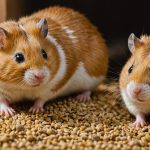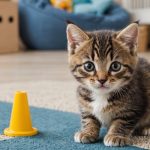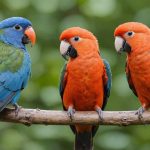Overview of Seabird Populations in the UK
The UK’s seabirds are a fundamental part of marine ecosystems, acting as indicators of ocean health. Recent seabird statistics reveal concerning trends—many populations are declining due to various threats. Fluctuations in seabird numbers can signal changes in marine environments, making their conservation vital.
Seabirds play crucial roles by aiding nutrient distribution within the ecosystems they inhabit. They often integrate multiple food webs and contribute to oceanic and terrestrial nutrient cycling. Such significance underscores the necessity of robust seabird conservation efforts.
In parallel : Effective approaches for uk residents to minimize bird strikes on skyscrapers
A major threat to these birds is the looming danger of plastic pollution. As seabirds often mistake plastic debris for food, ingestion can lead to severe health issues and mortality. Entanglement in discarded plastics also poses risks, severely impacting survival rates. Understanding and addressing these threats necessitates comprehensive knowledge of UK wildlife dynamics.
Mitigating the effects of seabird mortality and preserving populations demands global cooperation, innovative conservation strategies, and stricter regulations on marine waste management. Collaborative efforts between governmental bodies, NGOs, and local communities are increasingly vital to reversing these adverse trends and promoting healthy marine biodiversity.
This might interest you : Enhancing urban biodiversity: the transformative role of rooftop gardens in the uk
Impact of Plastic Pollution on Seabirds
Plastic pollution poses an enormous threat to seabird populations, directly impacting their health and survival rates. In recent years, scientific studies have unveiled startling statistics: millions of seabirds succumb yearly, with ingested plastics featuring prominently as a death cause.
When seabirds mistake plastic debris for food, the ingestion leads to stomach blockages, starvation, and, inevitably, seabird mortality. The non-digestible material can also trick their bodies into believing they are full, preventing further food intake. In severe cases, culling survival instincts and damaging internal organs have been observed, leading to untimely deaths.
Specific incidents illustrate the environmental impact further. Well-documented cases have shown entire colonies suffering drastic declines due to high plastic exposure levels. These occurrences are not isolated, with numerous geographical areas reporting similar patterns of distress and fatalities.
Efforts to combat these alarming trends are increasing, yet the complexity of the issue demands a multifaceted approach. Understanding the widespread nature of plastic pollution among seabirds is the first vital step toward developing effective strategies and preventative measures in the future.
Innovative Initiatives in Seabird Protection
In recent times, several notable conservation initiatives have emerged as part of efforts to protect seabird populations and the marine environments they inhabit.
Project Spotlight: Plastic Fishing Projects
One standout is the implementation of innovative strategies such as plastic fishing projects. These projects involve local fishing communities, who actively participate in the retrieval of plastics from marine habitats. Such collaboration fosters a shared commitment between fishermen and environmentalists towards marine protection. The measurable outcomes are promising, with notable reductions in plastic debris contributing to safer habitats for seabirds.
Development of Biodegradable Alternatives
Additionally, there is a concerted push towards the development of biodegradable alternatives. Research and development focus on creating eco-friendly materials that minimize environmental harm. These sustainable products have begun positively impacting seabird ecosystems by reducing potential hazards. Companies spearheading this change exemplify a successful shift towards materials that align with marine protection goals.
Community Engagement and Education Programs
Public awareness through community engagement and education programs plays a crucial role. These initiatives aim to educate on the necessity of reducing plastic usage and advocate for changes in consumer behaviour. Engaging local communities and highlighting conservation’s significance are pivotal in enhancing understanding and promoting sustainable practices for protecting seabird populations.
Successful Case Studies
The field of conservation achievements boasts several remarkable success stories from the UK, highlighting effective strategies in seabird recovery. Notable projects have seen significant reductions in seabird mortality, demonstrating the power of targeted conservation initiatives.
For instance, on the Farne Islands, focused efforts by conservation bodies and volunteers have resulted in a resurgence of puffin populations. This success, credited to managing invasive species and improving breeding conditions, exemplifies how strategic interventions can reverse declines. Another case, in the Hebrides, saw seabird numbers rebounding following a comprehensive management plan, underscoring the importance of holistic approaches.
The role of NGOs and government has been pivotal in these achievements. Collaborative frameworks between local authorities, environmental groups, and communities have not only enhanced resource mobilisation but ensured the sustainability of such projects. Moreover, these cases emphasise the necessity of long-term commitment, adaptive management, and robust monitoring.
Key lessons from these success stories include the critical importance of community involvement and adaptive conservation techniques. These triumphs serve as a blueprint for other regions facing similar challenges, guiding future endeavours with clear examples of what works best in seabird recovery.
Expert Insights and Opinions
Understanding the expert opinion from conservation specialists provides crucial perspectives vital for seabird conservation. Notably, conservation experts stress the importance of adaptive management strategies that respond to ongoing environmental changes. Interviews with leading environmental organizations highlight how evolving threats, like climate change, necessitate flexible approaches. These experts emphasize the value of combining scientific research with practical conservation tactics tailored to specific habitats.
Interview with Environmental Organizations
Insights from interviews reveal a pressing need for fortified collaboration and updated policy changes. Interviews with environmental groups disclose that future challenges will revolve around sustaining seabird habitats amidst yet unforeseen environmental stressors. Key takeaways include prioritizing habitat restoration and enhancing international cooperation in policy development to ensure comprehensive conservation efforts.
Perspectives from Local Communities
Local communities play a pivotal role, offering unique perspectives on their interaction with seabird populations. Personal stories underscore the tangible effects of conservation initiatives on community life, demonstrating active involvement—ranging from direct participation in cleanup efforts to advocacy for legislative improvements. Community-led initiatives, exemplified by their grassroots nature, highlight effective conservation results, emphasizing how local action can complement broader environmental strategies.
Actions for Individuals and Communities
Engaging in activism is a powerful way for individuals to contribute to seabird conservation. By actively reducing plastic use, each person can play a role in mitigating plastic pollution, which significantly contributes to seabird mortality. Simple actions such as using reusable bags, bottles, and avoiding single-use plastics can diminish the environmental impact, directly benefiting marine life.
Community involvement is essential for advancing long-term conservation goals. Local community members can join or support conservation groups that focus on protecting UK wildlife. Participating in beach clean-ups, for instance, not only helps reduce plastic debris but also raises awareness about the health of seabird populations.
Moreover, advocacy plays a critical role. By supporting policy changes that aim for stricter regulations on plastic production and waste disposal, individuals can influence legislation that benefits the environment. Encouraging local councils to adopt eco-friendly practices and prioritizing seabird protection in development plans are further ways individuals can contribute to positive change.
Lastly, personal responsibility in purchasing decisions, favouring eco-friendly and biodegradable products, supports the broader movement towards sustainability. These measures collectively strengthen community efforts and ensure ongoing commitment to safeguarding marine ecosystems.

